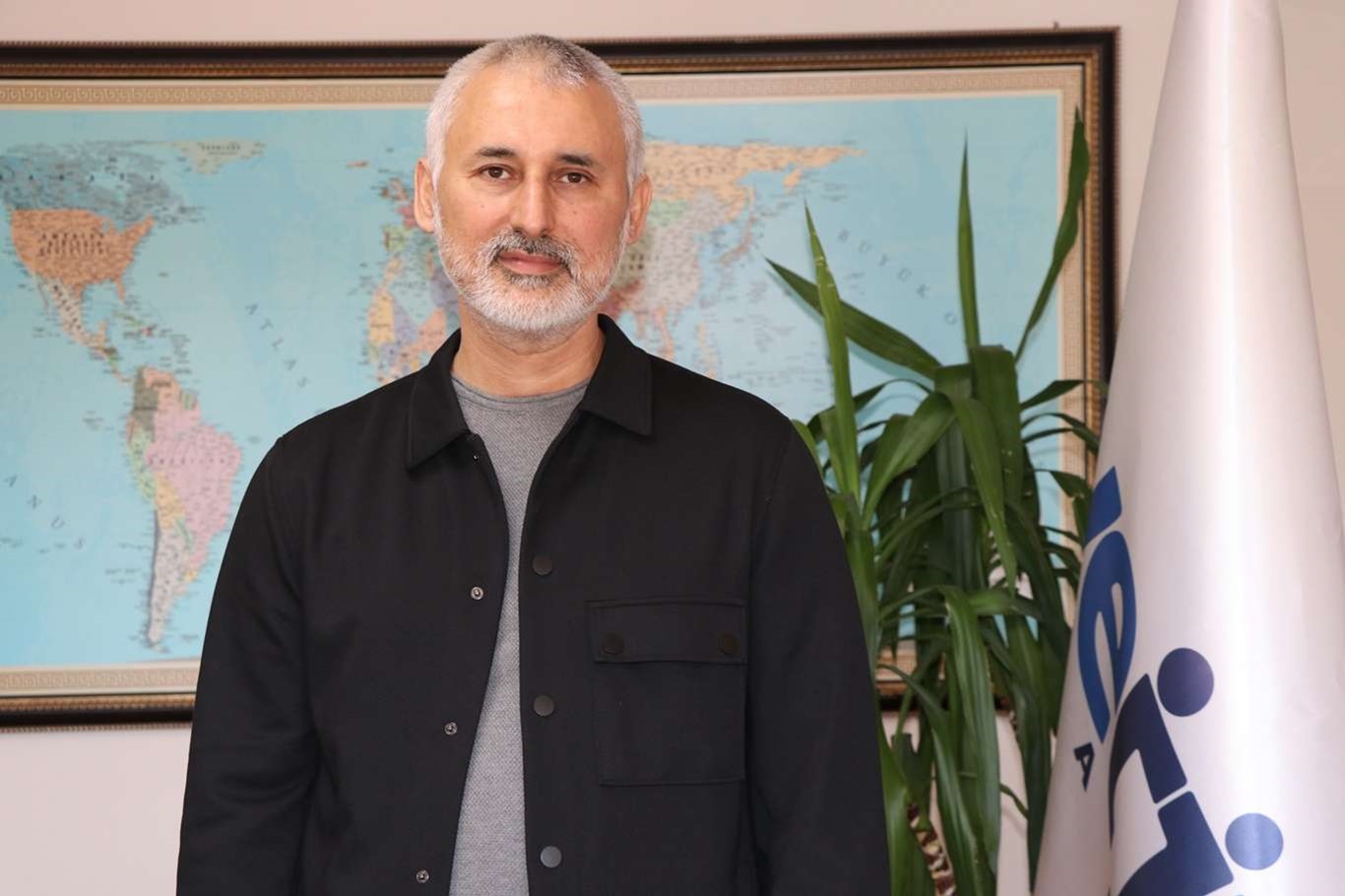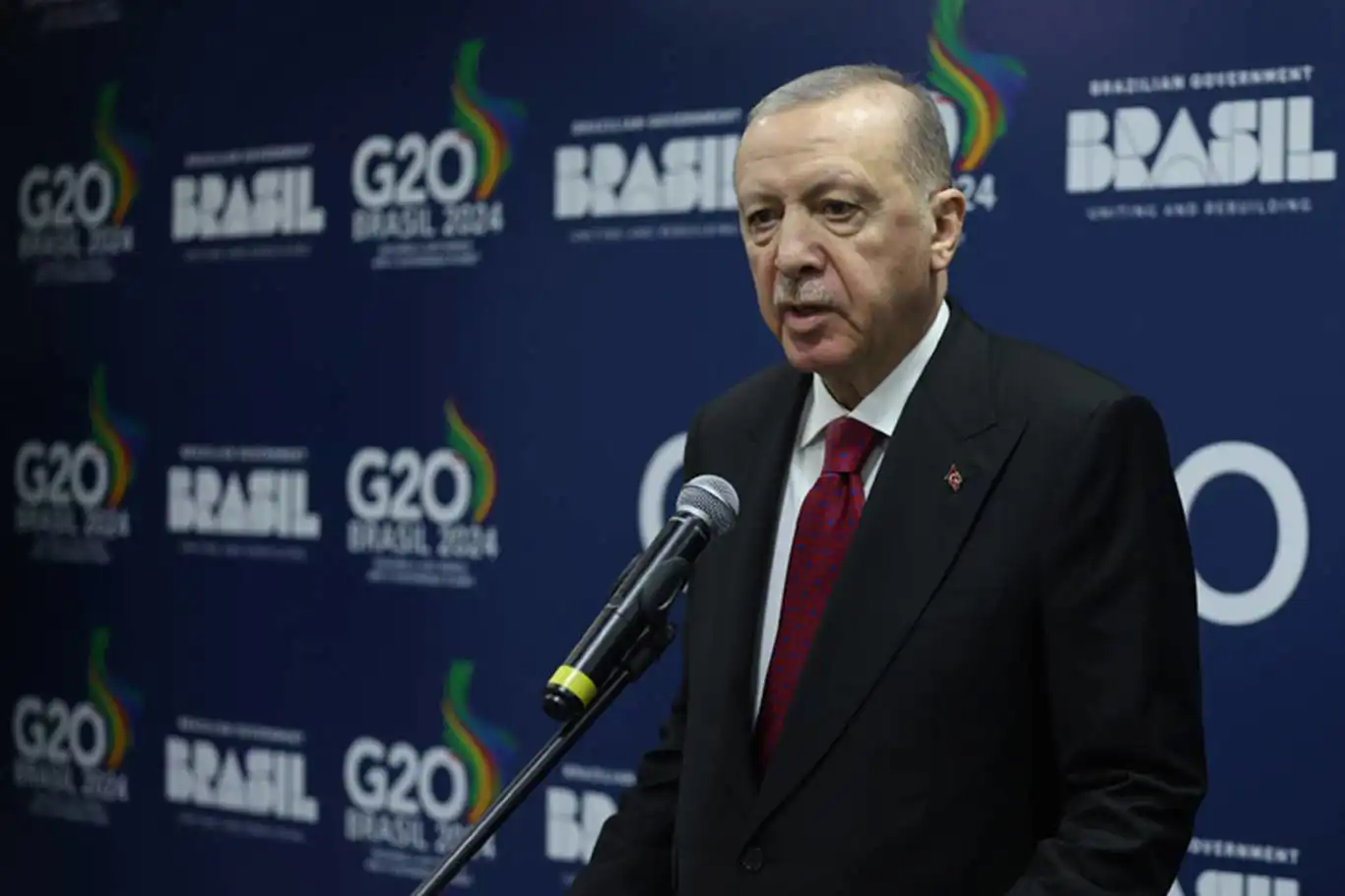WMO warns of increasing likelihood of El Niño development later this year
The likelihood of El Niño developing later this year is increasing, according to a new update from the World Meteorological Organization (WMO).

 Google News'te Doğruhaber'e abone olun.
Google News'te Doğruhaber'e abone olun. This would have the opposite impacts on weather and climate patterns in many regions of the to world to the long-running La Niña and would likely fuel higher global temperatures.
The unusually stubborn La Niña has now ended after a three-year run and the tropical Pacific is currently in an ENSO-neutral state (neither El Niño nor La Niña).
There is a 60% chance for a transition from ENSO-neutral to El Niño during May-July 2023, and this will increase to about 70% in June-August and 80% between July and September, according to the Update, which is based on input from WMO Global Producing Centres of Long-Range Forecasts and expert assessment.
At this stage there is no indication of the strength or duration of El Niño.
“We just had the eight warmest years on record, even though we had a cooling La Niña for the past three years and this acted as a temporary brake on global temperature increase. The development of an El Niño will most likely lead to a new spike in global heating and increase the chance of breaking temperature records,” said WMO Secretary-General Prof. Petteri Taalas.
According to WMO’s State of the Global Climate reports, 2016 is the warmest year on record because of the “double whammy” of a very powerful El Niño event and human-induced warming from greenhouse gases. The effect on global temperatures usually plays out in the year after its development and so will likely be most apparent in 2024.
“The world should prepare for the development of El Niño, which is often associated with increased heat, drought or rainfall in different parts of the world. It might bring respite from the drought in the Horn of Africa and other La Niña- related impacts but could also trigger more extreme weather and climate events. This highlights the need for the UN Early Warnings for All initiative to keep people safe,” said Prof. Taalas.
No two El Niño events are the same and the effects depend partly on the time of year. WMO and National Meteorological Hydrological Services will therefore be closely monitoring developments. (ILKHA)



















































